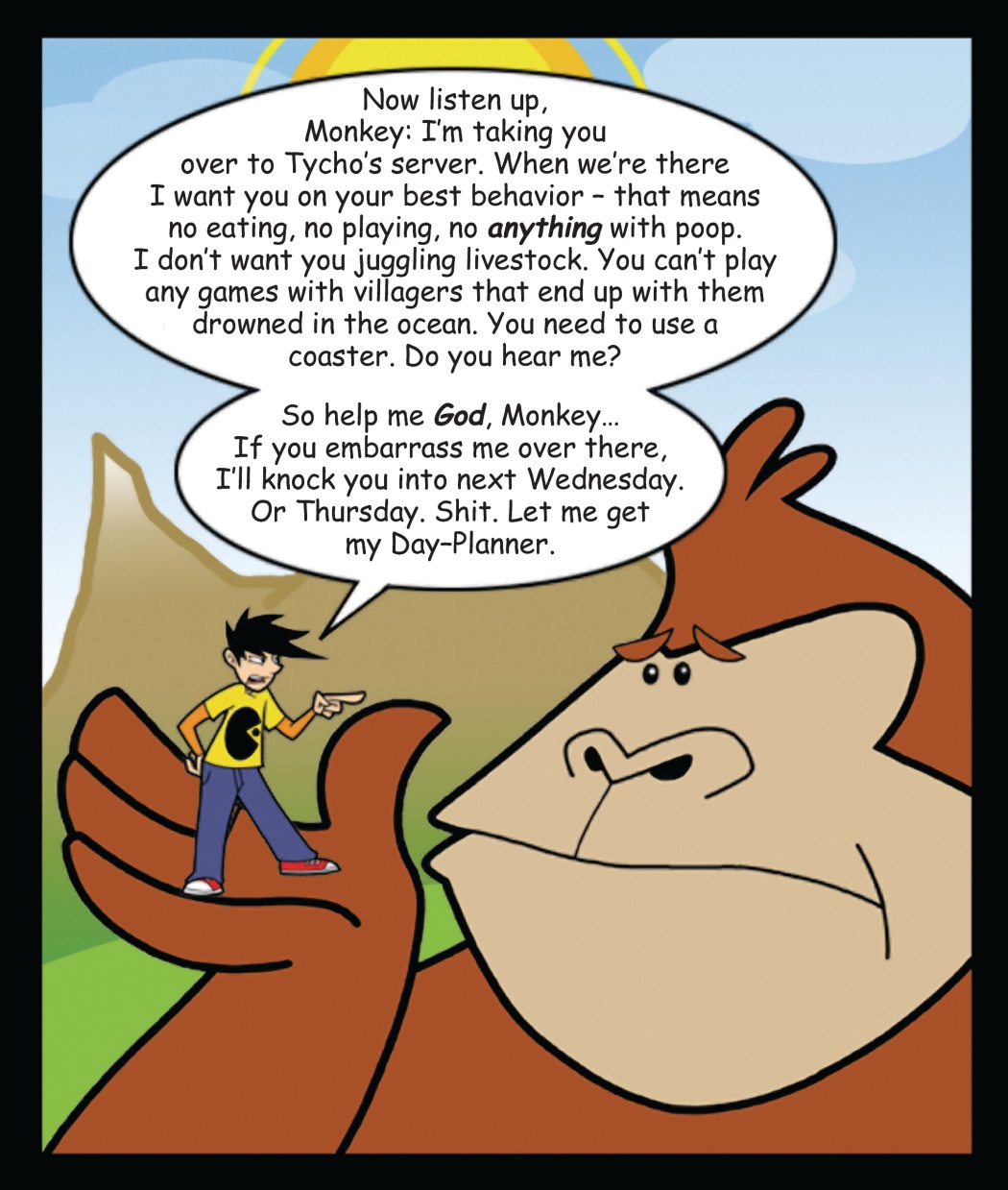Just got this from Oblivion's Producer, via the combat designer:
Saw your post on Oblivion. Thanks for the kind comments reg the visuals and world. I thought you might be interested to read a response from one of our developers (the guy who did most of the combat programming). While I can certainly appreciate your want for an even more in-depth combat system, I think saying that Oblivion's combat is "philosophically identical" to Morrowind's is more than a bit of a stretch. But check this out and judge for yourself. Thanks for coming by, and if you have any questions about the game, let me know!
------
Combat in Morrowind had no variety and no strategy -- you just clicked as fast as you could. You COULD choose different attacks (slash, chop, or thrust) by pressing a directional key while you attacked, but that was pointless because there was always a "best" attack, and a checkbox in the options to always use that best attack.
In Oblivion, there are many attacks. You have standard attacks, where you click the attack button, and power attacks, where you hold the attack button. Power attacks do more damage, but take longer to perform and burn more fatigue. If you press a directional button while doing a power attack, you can select different power attacks. And you earn more attacks (plus perks like a chance to knockdown or disarm) as your skills get better. But the control scheme stays the same, so you don't have to do Soul Calibur like button combos to access them.
There are also more animations for the standard attacks, and you can string them together by pressing attack again while your character is following through after a strike. Plus, the animations are always appropriate for the type of weapon. No more thrust attack with a hammer, for example.
Blocking is now active -- you hold a button to block. And you can block with your weapon or even your hands (although neither is as effective as blocking with a shield). If you block a strike, your opponent's weapon may recoil, giving you an opportunity to attack. There are also animations we call "staggers" for all characters. Do enough damage, and there's a chance your opponent will stagger backwards, leaving them open for more attacks. Staggers and recoils also affect you as the player.
You can also cast spells at any time. In Morrowind you had to "ready magic", which meant unequipping your weapon and raising your hands into the "casting position". In Oblivion you just press the casting button.
It all makes combat much more dynamic and adds a strategic element that simply wasn't there in Morrowind.
While you, the player, still control combat -- i.e. how you move around, whom you are targeting, when you attack, block & cast -- your level of success is still dependent upon your character's stats, as well as those of your opponent. It's a balance between player skills and character stats. It's more twitch than a pure turn-based game, but it's nowhere near as twitch as a first person shooter or fighting game.
The goal is to make combat more exciting, more involving, and have more depth than Morrowind's. I guess they didn't get that from the demo.
No, not really. I would say that your E3 demo focused on the engine's graphical prowess, your unique method for generating realistic forests, and the "Radiant AI" that makes character wishes and needs affect the way they relate to one another. To the eye, the combat was practically identical - except for the occasional touch like the "off-hand spellcasting" you refer to, and manually raised shields. As I said in my previous post, I doubt the things I brought up really matter to most people. I am pleased to hear that the above additions have been made to your system. What I saw in the demo still still looked like an elaborate, medieval version of tag to me, especially when two AI units fight, and relating the fact brought me no pleasure.
Just the same, new combat tactics are only half of my wish: recoils and staggers are a great direction, but I think you are trying to maintain the accessibility of the series where I would trash the whole thing just to believe that I were actually a knight for ten consecutive seconds. I would begin by watching Ridley Scott movies. Then, I would manipulate the camera in slight ways to track attacks and enemy weapons, add ground attacks, let swords cross and ring, and add an opponent selection mechanism to help manage these new views. I would endeavor in all things to emulate the subjective experience of pitched melee. No-one would buy it, or it would never actually come out, and then I would understand why you did it the way you did.
(CW)TB
